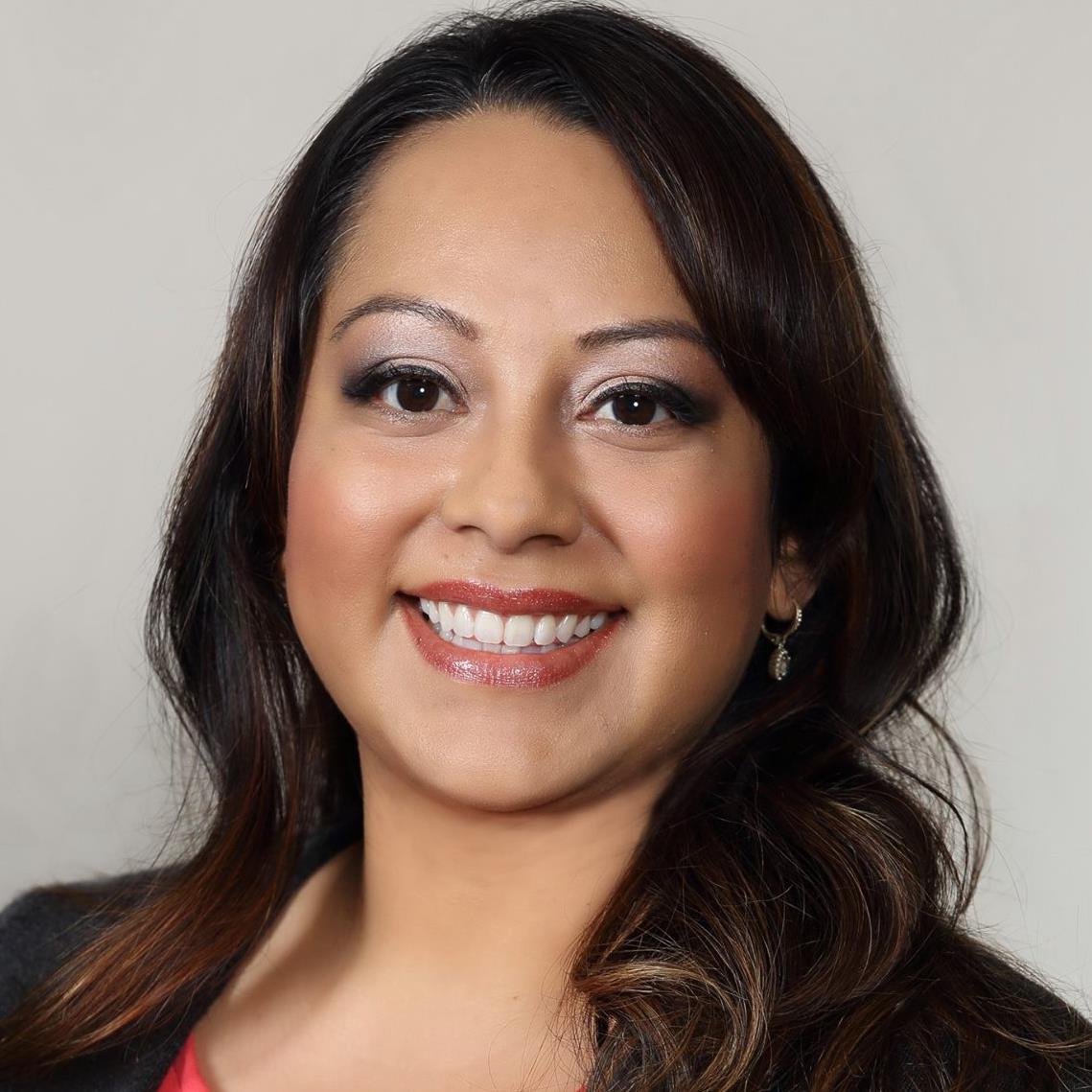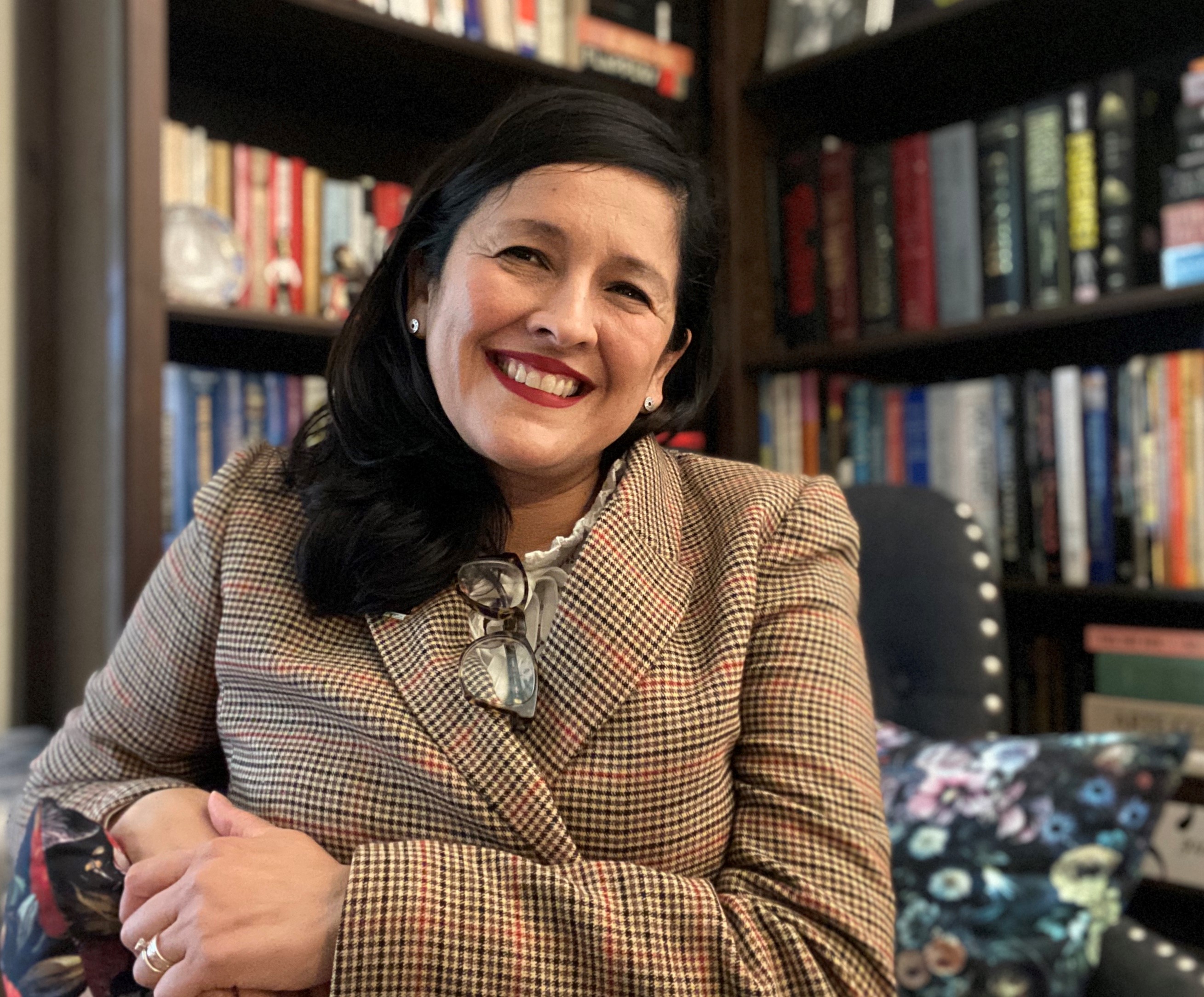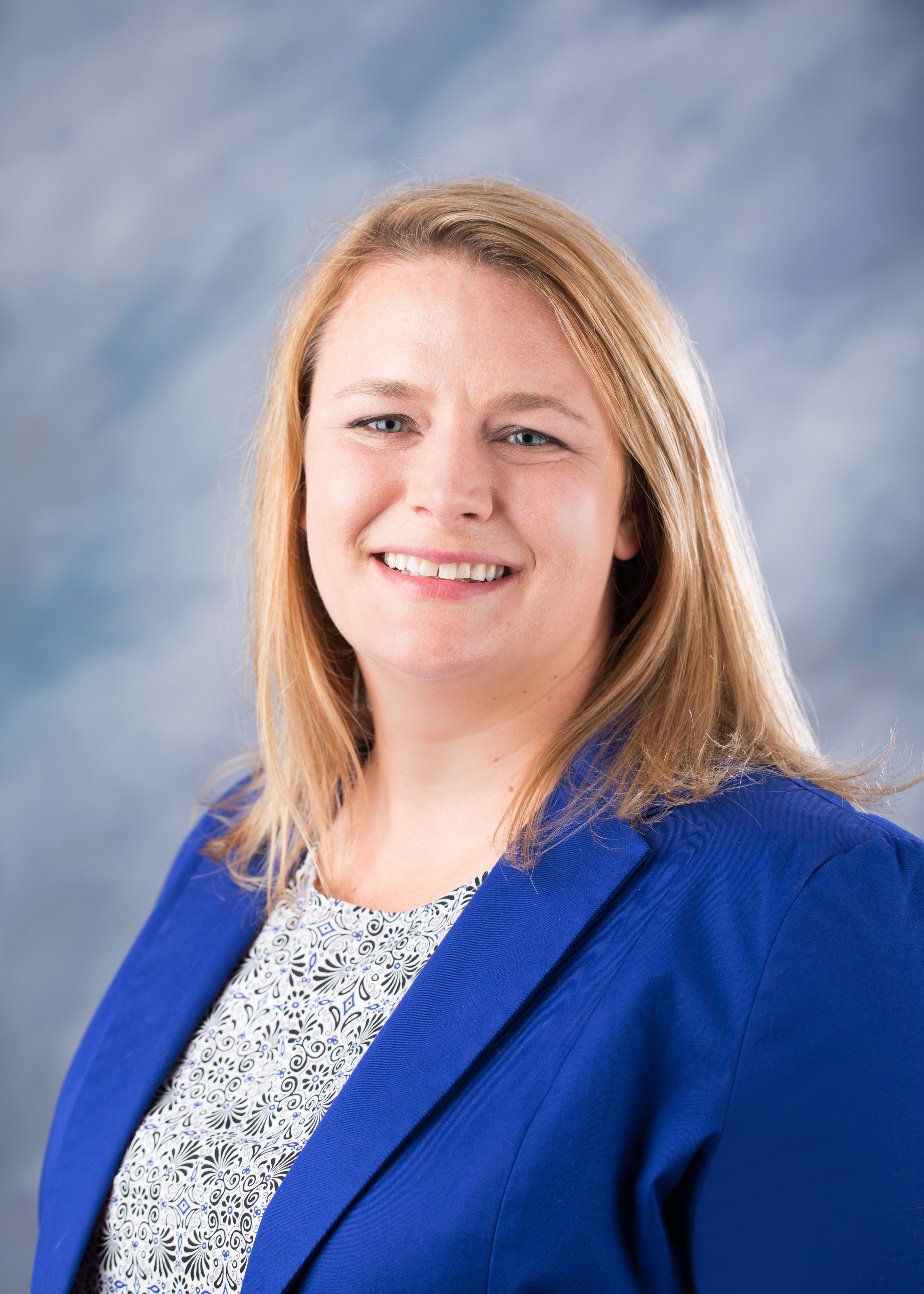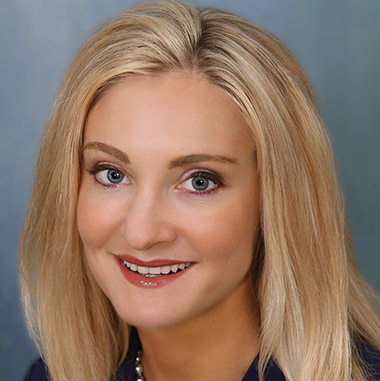- Home
- About Us
- Membership
- Events
- Conference
- Sponsors
- Resource Center
|
Welcome to the SoCalCGP Newsletter. The newsletter provides links to this page. Please see below for the items that appeared in the November 2023 issue. A Conversation with Claudia Preza and Cris Lutz Did you know that SoCalCGP has a mentoring program? In recognition of the recently concluded Latinx/Hispanic Heritage month (which ended October 15), we asked one of our mentorship pairs, Cris Chaparro Lutz, CAP, CSPG (The Huntington Library, Art Museum, and Botanical Gardens) and Claudia Preza (International Rescue Committee) to discuss how their backgrounds inform and influence their gift planning approaches.
Cris: Claudia, you and I have gotten to know each other pretty well since I became your mentor through SoCalCGP. Along the way, I’ve wondered how your cultural background informs your views of philanthropy or gift planning? Claudia: My culture and family background absolutely inform my views and understanding of philanthropy. The Latinx community is very philanthropic – we give to our churches, education, and health care to name a few ways. Also, in the Latinx community, family ties are really strong. Families band together for things like Quinceañeras to help the family who is taking on the expense of the party. Close friends and family will help sponsor certain aspects of the event so the financial burden doesn’t fall on one family and so the cultural tradition can continue. Remesas, of course, are another way of giving which wasn’t previously recognized by traditional philanthropy. This is an important way we give back to communities and family members from our counties of origin. Cris: What you just shared so resonates with me and my own experience. What advice would you give people who want to learn more about Latinx/Hispanic culture and this special month? Claudia: This month there is tons of literature being published about Latinx culture. Take the time to learn about some of the special people from our background who impacted our community like Jovita Idar, a feminist and journalist, or Esteban Hotesse, the Tuskegee airman. To learn about our culture through art, visit the Museum of Latin American Art in Long Beach. You can also visit the new Cheech Marin museum in Riverside with features his awesome collection of Chicano art. I would also suggest reaching out to your Latinx friends and colleagues and asking, “Please tell me more about your Latinx heritage.” We hail from numerous countries with rich histories, deep cultural and regional traditions, and food. By doing this, you can become closer to your friends, and you will likely gain yourself an invitation over to try one of our regional cuisines. That’s a win! No need to wait until Latinx Heritage Month to do this either, in SoCal, you are surrounded by the richness of our culture all year round. Cris: I feel like I should ask for an invite over to the Preza house for dinner… How does your family celebrate Latinx Heritage month? Claudia: I try to celebrate Latinx heritage all year long as I’m super proud to be Latina and to be Salvadoran-American. My children are half Mexican and so we celebrate by giving them opportunities to learn about their culture through traditional dances. I love to take my kids to watch Aztec Dancers. My children are in awe of the music, the drumbeat, and the sound of the conch shell being blown. They were super tiny when they first heard this music and witnessed the dance, but they loved it and they bounced along to the drumbeat. Cris: Okay, I definitely want an invite over to the Preza house to celebrate with you guys! Claudia: Anytime, Cris! I’ve appreciated your guidance as I complete my CSPG and enter the planned giving field – you’ve have been a grounding force for me. Who served as your initial inspirations in philanthropy? Does your cultural heritage influence your perspective on philanthropy and gift planning? Cris: My initial inspirations in philanthropy were my parents, who immigrated from Colombia to the US before I was born. They instilled in me and my brother Pablo the values of integrity, community, duty, hard work, and generosity of spirit. These values align perfectly with a career in gift planning, where trust, integrity, and the creation of lasting legacies are paramount. I fondly recall seeing our mom writing checks (likely modest ones), in response to direct mail appeals from organizations like the March of Dimes and Disabled American Veterans, as well as quietly providing support to extended family in Colombia. Claudia: Can you share a bit about the statistics you’ve discovered around Latino giving? Cris: Through my research, I know empirically that Latinos in the U.S. send approximately $100 billion in remittances to Latin America each year, reflecting our strong culture of giving back. At this year's Western Regional Planned Giving Conference, and more recently, at the Northwest Planned Giving Roundtable conference, I had the privilege of presenting on the wealth of opportunities related to Latino/x/e Giving, particularly given our community's increasing philanthropic capacity, rapid economic mobility, history of generosity, and community-oriented values. I am so thankful to Dien Yuen for her brilliant suggestion of this as a conference topic because it’s helped solidify what I knew to be true instinctually from what I see in my community. For those who are interested in learning more, Hispanics in Philanthropy and the Indiana University Lilly Family School of Philanthropy recently published research about the current generosity trends of Latinx communities in the United States. Claudia: How did you become involved in the gift planning community? What advice would you offer to both current and potential SoCalCGP members? Cris: Being involved in this community has been a gift on multiple levels. Over a decade ago, I had the honor of succeeding my dear friend Kimberley Valentine as the planned giving director at The Huntington Library, Art Museum, and Botanical Gardens, while also pursing the Certified Specialist in Planned Giving designation. As a newbie back then, I was grateful for the kind welcome and the wisdom that more seasoned professionals offered. Their advice? Get involved! Attend the general meetings, actively participate in the annual Western Regional Planned Giving Conference, and don't hesitate to connect with fellow professionals in the field. It's advice that I wholeheartedly endorse for anyone considering or already part of SoCalCGP. I served on the LACGP board of directors from 2014 to 2019, rejoined in 2022 (as President-Elect), and also served on the board of directors of the American Council on Gift Annuities (ACGA) from 2015 to 2020. What I cherish most about being involved in our field is the extraordinary community of individuals it brings together. Gift planning attracts remarkably kind and dedicated people who are driven to help donors make impactful, enduring gifts that reflect their values. SoCalCGP is focused on our mission of promoting best practices, fostering learning, building connections, and championing the cause of gift planning in the region. It's a terrific group to be a part of and we invite you to join us! How Volunteering for SoCalCGP Can Benefit You
SoCalCGP is a volunteer organization so the strength of our network and our programming is rooted in how active our members are as volunteers with the organization. During the pandemic, many of us found ourselves wearing multiple hats are our “real” jobs which made it difficult to consider adding volunteer hours for a professional organization. Now, as we’re transitioning into our new pace of work, I thought it might be valuable to share the type of opportunities available to volunteers of SoCalCGP and what you could gain from these experiences. If you’re interested in any of these team, either message the committee leaders, our volunteer chairs (Monica Krieger and Francine Lis), or visit our volunteer page. Marketing and Communications: Ryan LaCanfora and I might be biased, but this team has it all! Volunteers get to decide what stories we feature in the e-newsletters, they control our LinkedIn posts, coordinate with the Conference team on the new Instagram page we’re launching and review our digital communications. This is a great chance to learn how to engage with social media if you haven’t done so before and be able to practice storytelling and solicit educational content you want to learn more about. Inclusion: Tony Truong and Carí Jackson Lewis lead this team that’s helping SoCalCGP ensure we’re considering how we reach out to individuals from the diverse backgrounds represented within our Southern California community including LGBTQ+, differently abled individuals, and those at BIPOC-led and serving organizations. Gift planning is experiencing a staffing crisis and SoCalCGP has identified it as a goal to introduce this as a potential career field to as many people as possible. If you’ve ever had to run a search for a new team member, this is your chance to help build the foundation of our next wave of gift planners so that your team is a success! Sponsorship: Heidi Simpson-Sandoval leads this team that reaches out to the many organizations that provide the guidance, insight, and capacity that help most of us get our work done on a day to day basis… these organizations also provide the financial support which helps SoCalCGP remain affordable in both our membership expense and our programming. Being on this committee has personally allowed me to better understand what exactly the sponsors do for their clients as I interviewed them and that has served me well when I needed to leverage their services. Plus, this is a very time-specific volunteer activity with a focus on the fall specifically. Membership: Do you like people? Of course you do, you’re in gift planning. The membership team, led by Lizzie Knol and Carí Jackson Lewis, connect with existing members and event guests to see how their experiences are going. They’re also beginning to plan the Networking Mixer series we’ve been having regionally to help members connect. This is a great team to join if you’re in SoCalCGP because of the network because you will know everyone, and everyone will know you. Mentorship: I’m going to hazard a guess that I don’t have to go into details about how mentors or mentees both benefit from the experience, but I will share my experience: when Ray Watts became my mentor, he didn’t just give me advice when I asked for it, he pointed out what I was good at and how that applied to planned giving, then said we should present on it together, then submitted our names not just for WRPGC but also for the national conference, and suddenly I had all this validation from all around that I knew what I was talking about. THAT’S the power of a mentor. Ray got someone who came to his farewell party and literally sobbed over her remarks, so he may not have gotten the better end of this deal but he’s kind enough to say it’s an even trade. Rob Woolley and Jim Jacobs lead this effort and would love to hear from you! Programming: I am a former programming chair, so I can share that the best part of being on programming is that you get to decide what everyone learns. So, when I needed more insight into real estate giving, we all got to learn more about real estate gifts. Tammy Sims Johnson and Aaron Levinson are very considerate of others in that they’ve asked what topics other’s want, but getting on their committee is a great way to lobby for the topics you want to learn more about at the general meetings and in webinars. Conference: I’ve saved the conference for last because it’s generally the last activity on our calendar – our grand finale of sorts. Jill Rode and Kimberly Jetton have already put together a program that makes me excited for May 21-23, but the real fun comes from being a part of the team that strategizes for how you’re going to make all of the magic happen over the three days of conference. The benefits of conference volunteering are like a mashup of membership (because of the networking focus), sponsorship (because of how we highlight them), and programming all rolled up into one. What’s Trending in Charitable Gift Planning?
I recently received a question from a nonprofit fundraiser inquiring about the types of charitable gifts trending now. Most of the organizations I work with are focused on the easiest planned gifts any donor can make including charitable bequests, charitable beneficiary designations, outright gifts of securities and qualified charitable distributions (QCDs) made through individual retirement accounts (IRAs). Charitable gift planning is trending in new directions, impacted by the recent changes in personal health and well being, the economy and new tax and regulatory requirements. Are you talking with your donors and clients about the right things? Here are the trends I am seeing and how they may inform your discussions moving forward. Charitable Bequests Over the last two plus years, an increasing number of charitable bequests were created and acknowledged through estate plans. As Americans came to terms with their own mortality amidst COVID-19, they created and updated plans in record numbers. With studies showing younger donors planned at a higher rate, I anticipate seeing continued and growing interest in charitable bequests and other planned gifts in the future. Donor Advised Funds Donor advised funds (DAFs) continue to grow in popularity, permitting donors to make a tax-deductible gift today and recommend grants to the causes they support now and in the future. It's no secret that Congress is scrutinizing DAFs. Look for upcoming regulations and proposed legislation that could impact the timing of grant making and donor transparency. Charitable Remainder Trusts The sophisticated estate planning and wealth planning firms are working with high net worth (HNW) individuals (with charitable intent) to create charitable remainder trusts for capital gains tax avoidance. Although CRT gifts have waned since their peak in the 80s, the gifts made today are larger and accomplished with more complex assets. Some of the largest gifts are made by those who own highly appreciated real estate and business interests. I have fielded more questions about gifts of partnership interests in recent years. Charitable Stretch IRAs In light of the SECURE Act changes, philanthropic advisors report they are talking more about CRTs funded with IRAs to stretch out payments to heirs over 20 years. These plans get around the 10-year IRA to beneficiary payout limit imposed by the SECURE Act and work well for individuals who wish to leave an IRA inheritance to heirs and support their favorite charitable causes. Advisors admit they haven’t seen as many of these plans as anticipated, but it’s part of their client discussions. Gifts of Real Estate With the rapid rise in real estate valuations, gifts of appreciated real estate are going strong. Gift planners tell me that donors are increasingly expressing interest in charitable life estates, which permit an individual to make a gift today, benefit from a tax deduction and remain living in their home until they pass away. The home may then be sold or retained by the recipient charitable organization. Only a very small percentage of nonprofits are offering lifetime gift annuity payments along with charitable life estates --Those that are, especially in areas with the highest real estate appreciations, see this as a significant source of gift revenue. Charitable Gift Annuities The recently released American Council on Gift Annuities (ACGA) 2021 Survey of Charitable Gift Annuities shows growth in charitable gift annuities, but primarily reported by larger issuers in this study. The average number of gift annuities closed in a single year was 21 in 2021, with more than half of the data coming from programs issuing gift annuities for 30 years or more. For success strategies for gift annuity programs of any size, check out the National Association of Charitable Gift Planners and ACGA's joint 2019 Survey of Charitable Gift Annuity Program Best Practices. Charitable Lead Trusts Over the last couple of years, the Sections 7520 rate used to calculate charitable gift deductions has hovered around 0%, at the lowest level in decades. Now with interest rates on the rise, the Section 7520 rate is at 3.8% for August. Estate planners are calling the low interest rate environment we just came out of “the golden age of lead trusts.” There were significant charitable lead trusts closed because low rates permitted individuals to pass on greater values to family at reduced tax costs. The interest level in family lead trusts among HNW individuals and families may decline with the higher rates. Cryptocurrency Gifts Cryptocurrency gifts were hot at the market height. With the crypto market cooling, nonprofits report fewer inquiries about these gifts as of late. Stay tuned and get informed. Crypto may be down, but there is a big industry built around crypto and it isn’t going away anytime soon. For help getting started, check out my Forbes article How Your Nonprofit Can Accept Gifts of Cryptocurrency. What types of charitable gifts are you seeing? Copyright Notice & Disclaimer The above content is subject to copyright. © Copyright Kristen Jaarda 2022. All rights reserved. The above information is provided for educational purposes only, not to provide specific legal advice. By using this information, you understand and agree that there is no attorney-client relationship between yourself and the copyright holder named above and that this information is not a substitute for competent legal advice from a licensed professional attorney in your state. |



 by Patience Boudreaux, MBA, CSPG, CFRE
by Patience Boudreaux, MBA, CSPG, CFRE  by Kristen Jaarda, JD, LLM, CAP, CFRE, Executive Vice President, Crescendo Interactive
by Kristen Jaarda, JD, LLM, CAP, CFRE, Executive Vice President, Crescendo Interactive